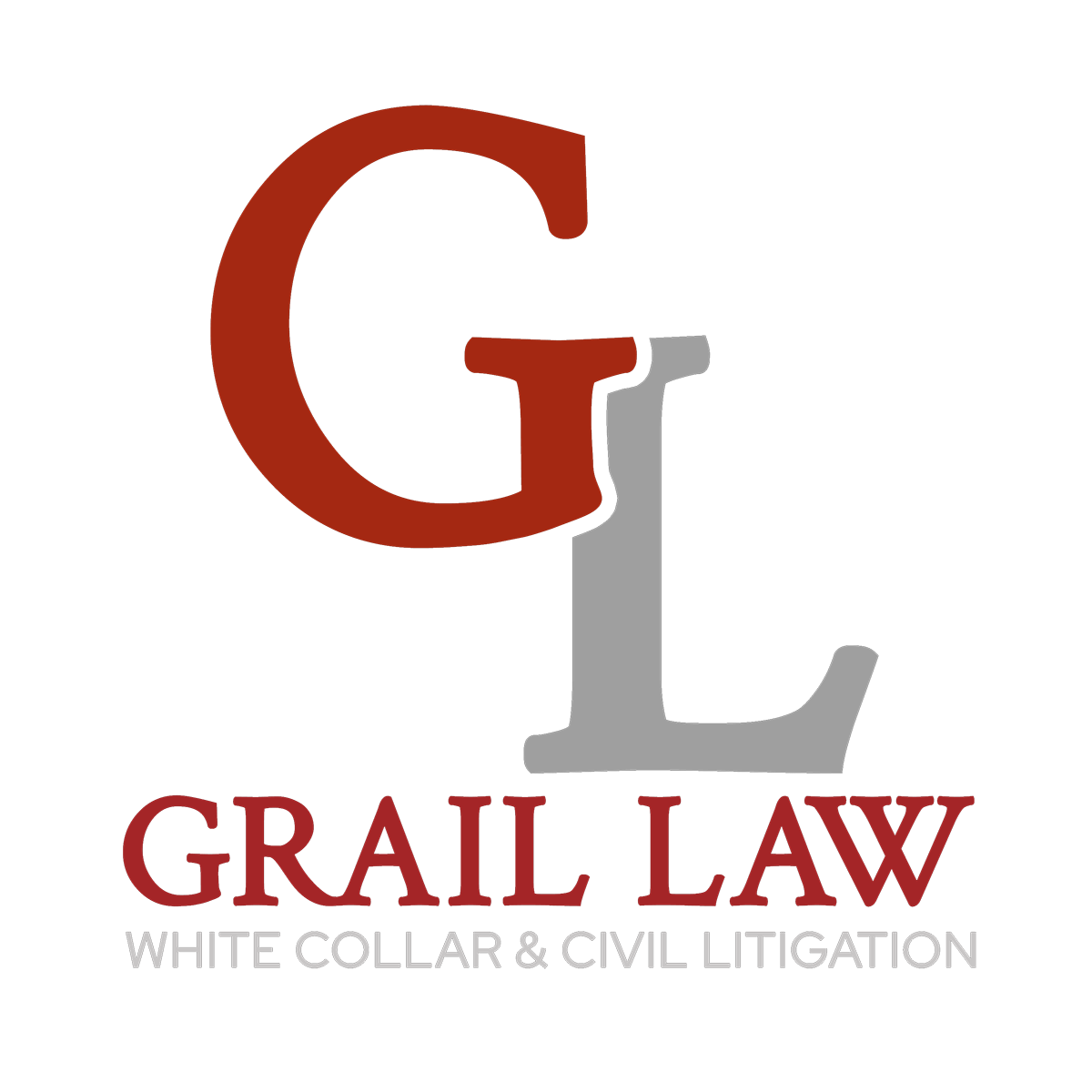Practitioners must take significant precautions to prevent diversion of prescription narcotics and other controlled substances they prescribe and dispense in light of the increased federal law enforcement initiatives.
In an effort to stem the nationwide opioid abuse epidemic, last summer the Justice Department set up task forces in eleven different geographic regions headed up by specially-funded, full-time Assistant U.S. Attorneys dedicated to “investigating and prosecuting health care fraud related to prescription opioids, including pill mill schemes and pharmacies that unlawfully divert or dispense prescription opioids for illegitimate purposes.”
These task forces, headquartered in Florida, Michigan, Alabama, Tennessee, Nevada, Kentucky, Maryland, Pennsylvania, Ohio, California, North Carolina, and West Virginia are supported by federal agents from, primarily from the Drug Enforcement Agency (DEA) and the Office of the Inspector General for the Department of Health & Human Services.
In announcing the new program’s roll-out, Attorney General Jeff Sessions referenced a new “data analytics program” to identify physicians “writing opioid prescriptions at a rate that far exceeds their peers…” In conjunction with stepped-up requirements for prescribers through next-day narcotic reporting through state-run websites, these federally-funded and supported enforcement task force have already come after physicians and other
DEA registrants who do not adequately prevent diversion of scheduled narcotics through their medical practices.Here are six more tips on how to keep from becoming caught up in the government’s newly-energized enforcement initiative. They should strike every medical practitioner as self-evident — none of this is rocket science. But every one of them is based on some enforcement action where a medical professional faced the prospect of state board discipline, loss of DEA registration, or worse.
1. Be aware of “frequent flyer” pharmaceutical consumers, especially those of scheduled substances and narcotics.
If a patient presents with the need for an amount of drugs that, under the circumstances, is “consistent with a readily-diagnosable condition,” consider if she should be referred to a pain management clinic or other specialist. Otherwise, protect yourself by documenting in the patient’s file why the treatment would be recognized as proper by “a responsible segment of the medical profession,” as regulations most states and the federal government require.
2. When it comes to dangerous drugs, especially narcotics, practice medicine defensively.
While a physician should not automatically distrust a patient, experience teaches that they don’t always tell the truth. Not everyone you see in your medical practice always acts in good faith. The life you save could be theirs, but the career you save is your own.
3. If a request for narcotics, from anyone — including from another physician — sounds suspect, it probably is.
When you get a request for a narcotics prescription — even if from a trusted colleague, friend, or family member — and it sounds suspicions, it probably is. Fellow practitioners, medical professionals, and loved ones are not immune from addiction and misuse. A large minority of enforcement proceedings against practitioners involve diversion to colleagues, friends and family whom the doctors know and trust.
4. Avoid the “Holy Trinity” at all costs.
Everyone has a pet peeve and all diversion enforcement agents share the same one: practitioners who prescribe Oxycodone or Hydrocodone, along with Soma and Xanax (or other drugs from their classes) together. If you have justifiable medical reasons to prescribe a drug from each of these three categories of controlled substances simultaneously, be certain to document your reasons each and every time you write the prescriptions. Be certain you have entered the drug orders into the state Prescription Drug Monitoring Program as required. If scripts aren’t medically necessary, don’t write them, regardless of patient pressure.
5. Be attuned to “Red Flag” prescribing situations.
There are other “hot buttons” for the prescription police to watch out for: doctors who write scripts for the same or similar opioids in the same quantities for large numbers of patients, often on the same day or in the same week, patients who routinely travel long distances just to see you, especially when other, closer clinics closer to them could be consulted, patients arriving in the waiting room as a group, but who act as if they don’t know each other, and prescriptions written for the same quantities of controlled substances for family members or other patients who all share the same last name(s) on the same day of treatment.
6. Addiction Treatment Requires Special Considerations
Even though Buprenorphine may well be at least one of the “wonder drugs” that helps end the opioid crisis, law enforcement is still coming down hard on practitioners who prescribe it in ways that support usage outside of legitimate medical treatment. If you practice office-based (i.e., non-methadone) addiction therapy, be certain to confirm that a patient seeking Suboxone or Subutex in fact has an addiction, instead of a resale business, and determine if the patient is seeking other necessary treatment (such as therapy) to manage their addiction, before you prescribe.
The first six tips and part one of this series is here.










